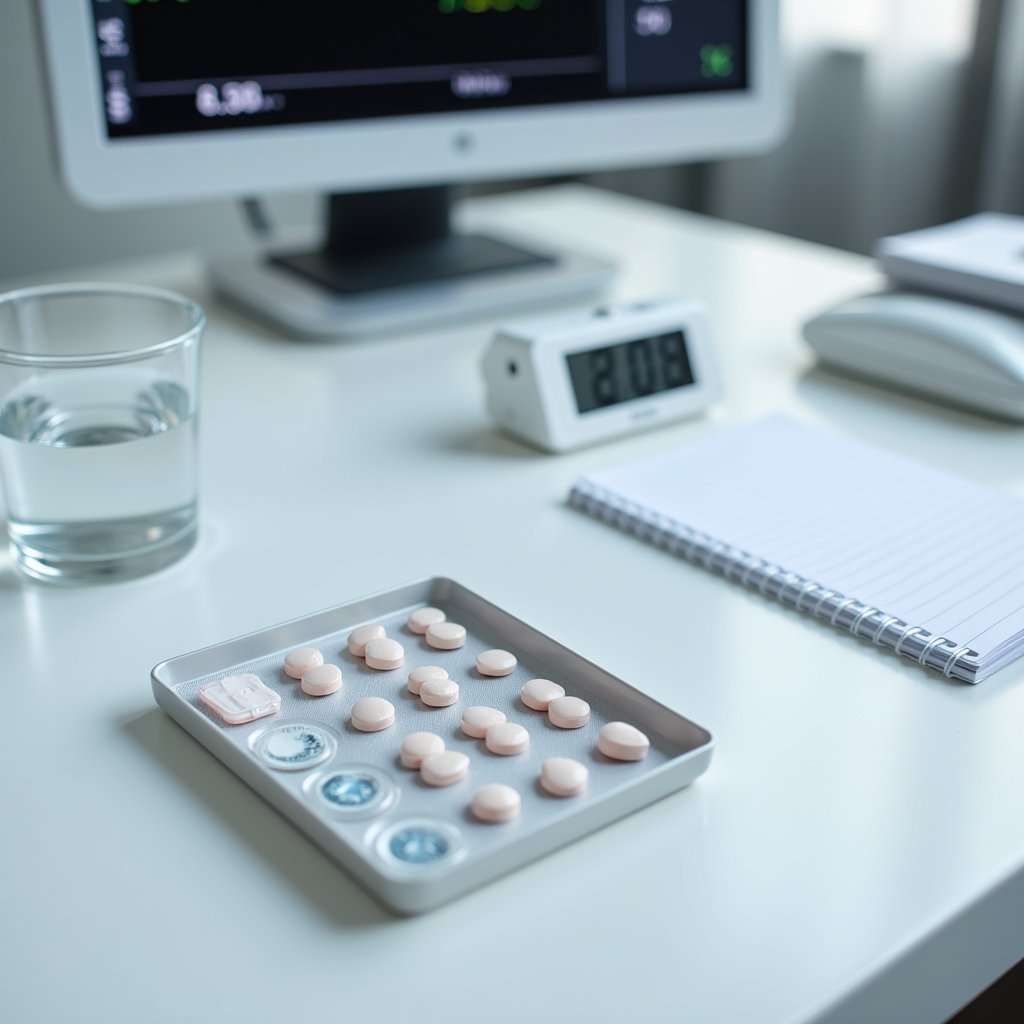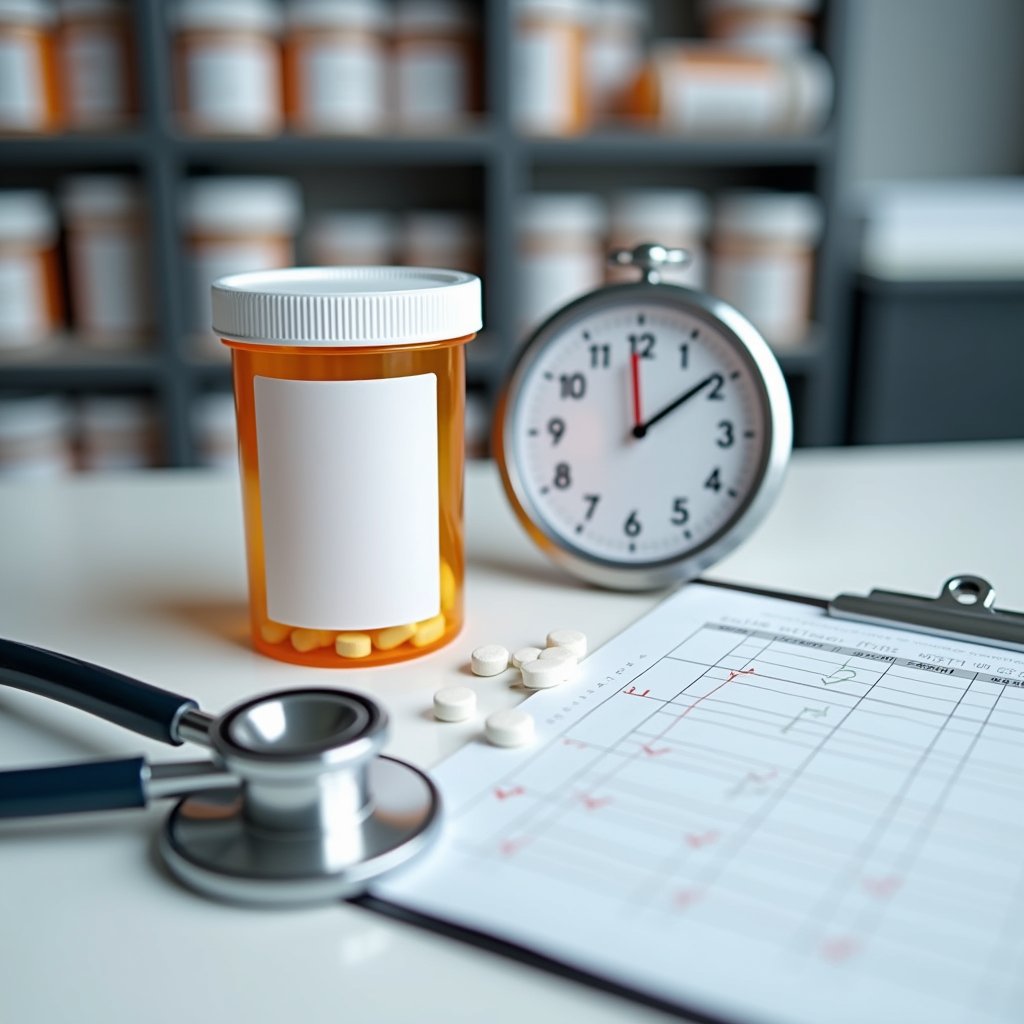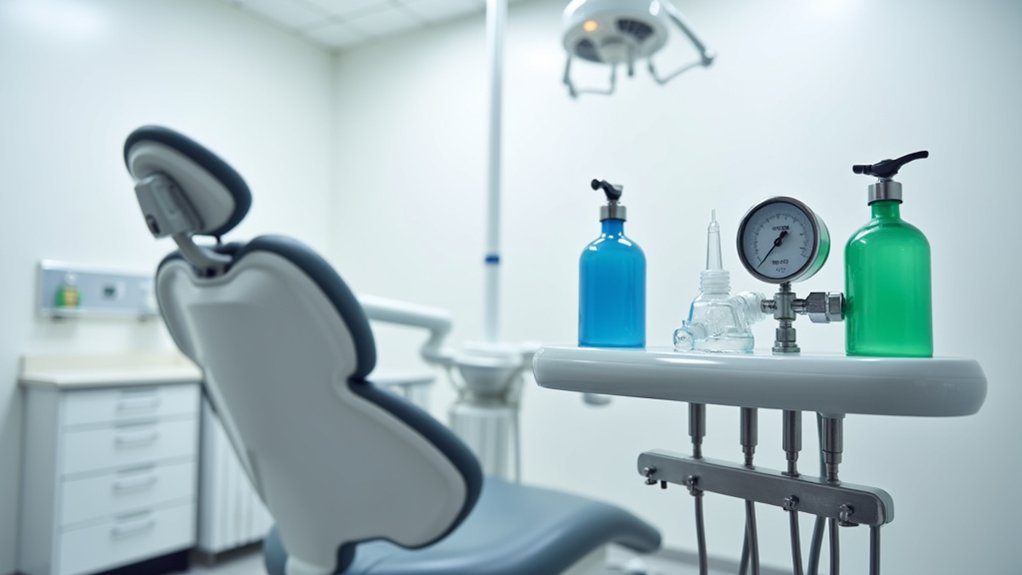Your ideal Suboxone maintenance dose typically falls between 4-24 mg daily, with most patients stabilizing around 16 mg. Your specific needs depend on your genetic makeup, metabolism, previous opioid use history, and daily lifestyle requirements. Working closely with your healthcare provider, you’ll need to find the dose that effectively manages withdrawal symptoms while allowing normal daily function. Understanding the key factors that influence your individual dosing needs will help guide your treatment success.
Understanding Typical Maintenance Dose Ranges
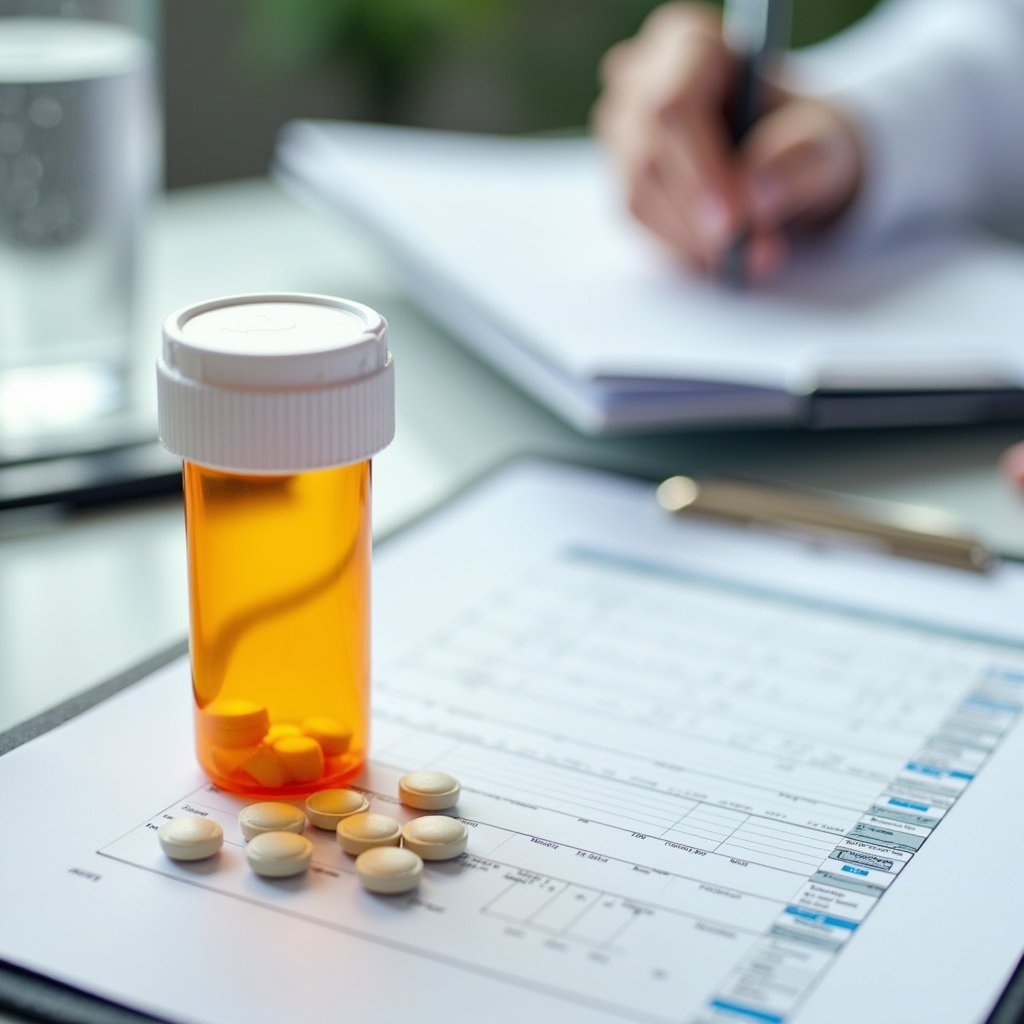
While Suboxone maintenance therapy encompasses a broad dosing spectrum, the standard daily maintenance range typically falls between 4-24 mg of buprenorphine combined with 1-6 mg naloxone in a fixed 4:1 ratio. The FDA recommends targeting 16 mg buprenorphine/4 mg naloxone during initial stabilization, which proves effective for many patients. The medication can be administered by placing it under the tongue or inside the cheeks for proper absorption.
Your ideal dose will depend on multiple factors, including your opioid use history and individual metabolism. This dosage flexibility allows healthcare providers to tailor treatment across diverse patient demographics. You’ll notice that your doctor carefully adjusts your dose based on how well it controls withdrawal symptoms and cravings. While some patients achieve stability at lower doses, others may require doses above 24 mg, though this exceeds FDA-approved limits and requires closer monitoring.
Key Factors That Determine Your Target Dose
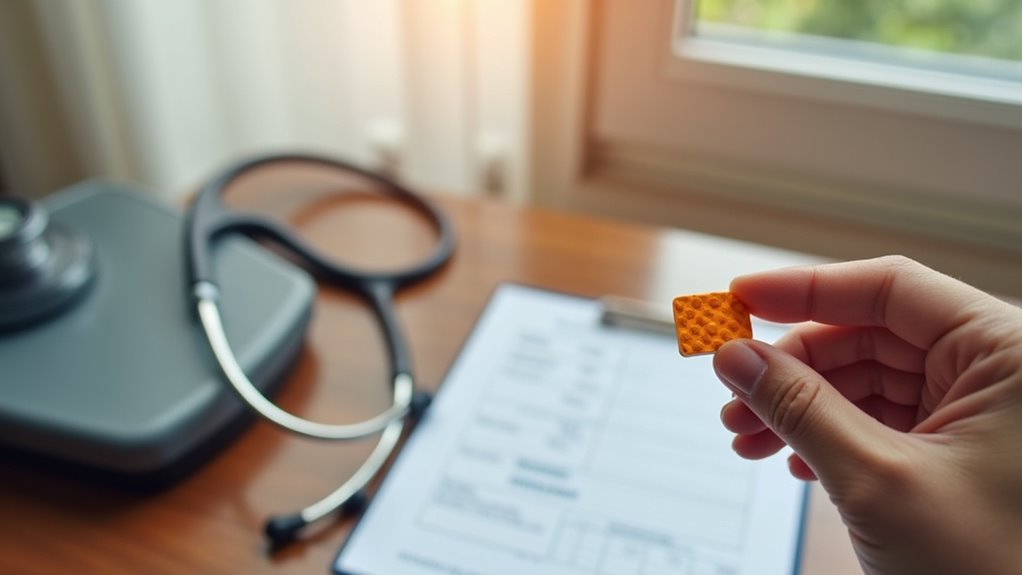
Your individual metabolism and genetic factors directly influence how your body processes Suboxone, which means you’ll need personalized dose adjustments to achieve paramount therapeutic levels.
Your treatment history, including past opioid use patterns and previous medication responses, plays a vital role in determining your initial and maintenance doses. Qualified healthcare providers must guide this process to ensure safe and effective treatment.
Your daily activities and lifestyle requirements must be considered when setting target doses to guarantee you maintain stability while meeting work, family, and personal obligations. Clinical evidence shows that doses should stay within 24 mg/6 mg daily as higher amounts offer no additional benefits.
Individual Metabolism and Genetics
Understanding how genetics and metabolism influence Suboxone dosing requirements marks a critical advancement in addiction medicine. Your genetic profile, particularly variations in opioid receptor genes like OPRD1, can profoundly impact how you respond to treatment. Sex-specific genetic interactions mean that women with certain genotypes may need different dosing approaches than men.
Your metabolic enzyme polymorphisms determine how quickly you process Suboxone. If you’re a fast metabolizer, you might require higher doses to maintain effectiveness, while slow metabolizers may need lower doses to avoid side effects. Your ethnic background and family history also play essential roles, as certain populations carry different genetic variants affecting drug response. The long duration of action of Suboxone helps maintain consistent therapeutic effects between doses. The combination of buprenorphine and naloxone provides a safer treatment option by discouraging misuse. These individual differences underscore why standardized dosing doesn’t work for everyone, and why your healthcare provider may adjust your dose based on your unique genetic makeup.
Treatment History Matters
Beyond genetic factors, treatment history stands as a primary determinant in establishing ideal Suboxone dosing. Your prior opioid exposure, including type and duration, directly influences your baseline tolerance and required maintenance dose. If you’ve experienced failed tapering attempts or persistent withdrawal symptoms, you’ll likely need sustained higher doses exceeding 16 mg daily. The partial agonist properties of buprenorphine allow for flexible dose adjustments to meet individual needs.
Your adherence patterns also shape dosing decisions. Short-term treatment typically requires lower doses of 8-16 mg daily, while long-term retention often demands doses of 17 mg or higher. If you’ve faced adherence challenges or relapse, your provider may optimize your dose up to 24 mg daily. Recent studies show fentanyl predominance may require higher buprenorphine doses compared to traditional opioids for effective treatment. Regular follow-up visits allow for precise withdrawal management through gradual dose adjustments based on your symptoms and cravings.
Daily Living Requirements
Several daily living factors critically influence the ideal Suboxone maintenance dose needed for successful treatment outcomes. Your home environment security plays a pivotal role in determining whether you’ll need supervised or unsupervised administration. The medication is available in film or tablet forms for flexible dosing options.
You must demonstrate the ability to safely store and manage your prescribed doses while maintaining a consistent daily dosing schedule. Typical maintenance dosages range from 4 mg to 24 mg per day.
Your social factors adherence, including family support, employment stability, and living situation, directly impacts your treatment success. If you’re experiencing unstable living conditions or struggling with medication compliance, your healthcare provider may recommend supervised administration or dose adjustments.
You’ll need to follow strict sublingual administration guidelines, avoiding any modification of the films through cutting, chewing, or swallowing. Your provider will assess these daily living requirements regularly to keep your maintenance dose appropriate for your specific circumstances.
Signs You’ve Reached the Right Dosage Level

Identifying the right Suboxone maintenance dose becomes apparent through distinct physical and behavioral markers. When your drug absorption patterns stabilize and lifestyle changes become sustainable, you’ll notice clear signs of therapeutic success. Your daily functioning improves while cravings diminish, indicating ideal dosage levels.
You’re experiencing consistent symptom control without withdrawal effects, maintaining stability between 4-24mg daily dosing
You’ve achieved reliable drug absorption through proper sublingual administration, eliminating the need for frequent dose adjustments
Your daily activities, work performance, and social interactions have returned to normal levels
You’re maintaining abstinence from opioids while effectively managing triggers and cravings without compulsive thoughts
When these indicators align with consistent provider monitoring, you’ve likely reached your ideal maintenance dose.
Working With Your Healthcare Provider for Adjustments
Regular communication with your healthcare provider enables ideal dose adjustments based on your clinical response and well-being.
You’ll benefit from keeping detailed notes about your daily symptoms, side effects, and general functioning between appointments. Your documented experiences help guide evidence-based adjustments within the recommended 2-4 mg increments while maintaining safety protocols.
Open Communication Is Key
Maintaining open dialogue with your healthcare provider is essential for successful Suboxone treatment adjustments. Patient provider collaboration guarantees your dosage aligns with your treatment goals while addressing medication diversion awareness.
Your provider needs accurate information about your symptoms, side effects, and daily functioning to make informed decisions about your care.
- Report any withdrawal symptoms, cravings, or side effects promptly so your provider can adjust your dose within the safe range of 4-24 mg daily
- Discuss your lifestyle needs, work schedule, and social responsibilities to optimize treatment timing
- Be honest about any challenges with medication storage, adherence, or potential misuse risks
- Share your long-term treatment goals and preferences for maintenance or eventual tapering plans
Track Your Daily Response
Building on open communication with your provider, careful tracking of your daily response to Suboxone helps maximize your maintenance dose. Monitor and document your withdrawal symptoms and cravings daily, particularly during the initial 3-7 days as you reach steady-state levels.
| Time of Day | Track These Symptoms | Report If You Experience |
|---|---|---|
| Morning | Cravings intensity | Increased discomfort |
| Afternoon | Physical comfort level | New side effects |
| Evening | Overall effectiveness | Breakthrough cravings |
Your provider will use your tracking data to make necessary adjustments, typically in 2-4mg increments, until reaching your ideal maintenance dose. While 16mg daily is a common target, your individual needs may vary. Keep in mind that steady-state plasma levels take several days to achieve, so maintain consistent dosing times and report any persistent withdrawal symptoms promptly.
Safety Guidelines for Long-Term Success
To achieve ideal therapeutic outcomes with Suboxone maintenance therapy, adherence to established safety protocols is essential. Your healthcare provider will carefully monitor the effects of dosage changes as you move to stable maintenance, ensuring maximum therapeutic benefits while minimizing risks.
Never exceed 24 mg buprenorphine/6 mg naloxone daily, as higher doses don’t provide additional benefits and may increase side effects. Take films exactly as prescribed – don’t cut, chew, or swallow them, as this affects proper absorption. Attend all scheduled monitoring appointments to assess your treatment progress and adjust dosing if needed. Store medications securely and follow take-home guidelines based on your stability and home environment.
Your maintenance dose will be customized between 4-24 mg daily, with most patients finding stability at 8-12 mg. Regular assessments help guarantee you’re receiving the most effective dose for your needs.
Managing Your Daily Dosing Schedule
Successful Suboxone maintenance therapy depends on a consistent daily dosing schedule that aligns with your lifestyle and treatment goals. You’ll need to take your medication on an empty stomach, typically in the morning, and wait at least an hour before eating or drinking.
Your healthcare provider will help you establish dosing schedule adjustments based on your withdrawal symptoms and cravings. While timing your daily dose, keep in mind that sublingual or buccal administration requires the medication to dissolve completely, which can take up to 10 minutes. You’ll likely receive a single daily dose between 4 mg/1 mg to 24 mg/6 mg, with 16 mg/4 mg being the typical target. Avoid alcohol and sedatives during treatment, as they can increase risks of respiratory depression. Always follow your prescribed schedule to maintain stable blood levels and ideal therapeutic effects.
Frequently Asked Questions
Can I Drink Coffee or Smoke Cigarettes While Taking Suboxone?
You can drink coffee and smoke cigarettes while taking Suboxone, but moderation is key. Keep your caffeine consumption moderate and avoid coffee 15-30 minutes before or after your Suboxone dose to maintain effectiveness.
While there’s no direct prohibition against smoking, be aware that nicotine withdrawal symptoms might overlap with Suboxone side effects. It’s best to discuss your coffee and smoking habits with your healthcare provider to guarantee safe management of your treatment.
How Long Does It Take for Suboxone to Dissolve Completely?
Suboxone’s dissolution time varies by formulation: films typically dissolve in 5-6.6 minutes, while tablets take 7-12.4 minutes. You’ll need to keep it under your tongue until it’s completely dissolved don’t swallow, chew, or drink during this time.
Proper storage conditions can affect dissolution rates, so store your medication at room temperature. For ideal absorption and to avoid potential drug interactions, don’t eat, drink, or smoke for at least 30 minutes before and after taking Suboxone.
What Happens if I Accidentally Swallow the Film Before It Dissolves?
If you accidentally swallow your Suboxone film before it dissolves completely, you’ll experience vastly reduced absorption since the medication isn’t designed for oral consumption. This means you won’t get the full therapeutic benefit, as both buprenorphine and naloxone have poor oral bioavailability.
You might also experience heightened gastrointestinal discomfort. Contact your healthcare provider immediately, as they may need to adjust your dosing schedule or provide supplementary guidance.
Should I Take Suboxone Before or After Eating Meals?
You should take Suboxone 15-30 minutes after eating a light snack, but not immediately following a heavy meal. This dose timing consideration helps stabilize your blood sugar while maximizing medication absorption factors.
Wait at least 30 minutes after your Suboxone dose before eating again to guarantee proper dissolution and absorption. If you’re having a large meal, it’s best to wait until after the medication has fully dissolved under your tongue.
Can I Exercise or Go Swimming Shortly After Taking Suboxone?
You should wait at least 1 hour after taking Suboxone before starting any post-dose exercise routines. Peak medication effects occur around 100 minutes after ingestion, so it’s safest to delay physical activity until you’re stable.
For recreational swimming safety, wait 2-3 hours and never swim alone, as Suboxone can cause drowsiness. Start with mild exercise and monitor how you feel. Always consult your healthcare provider about your specific exercise plans.


